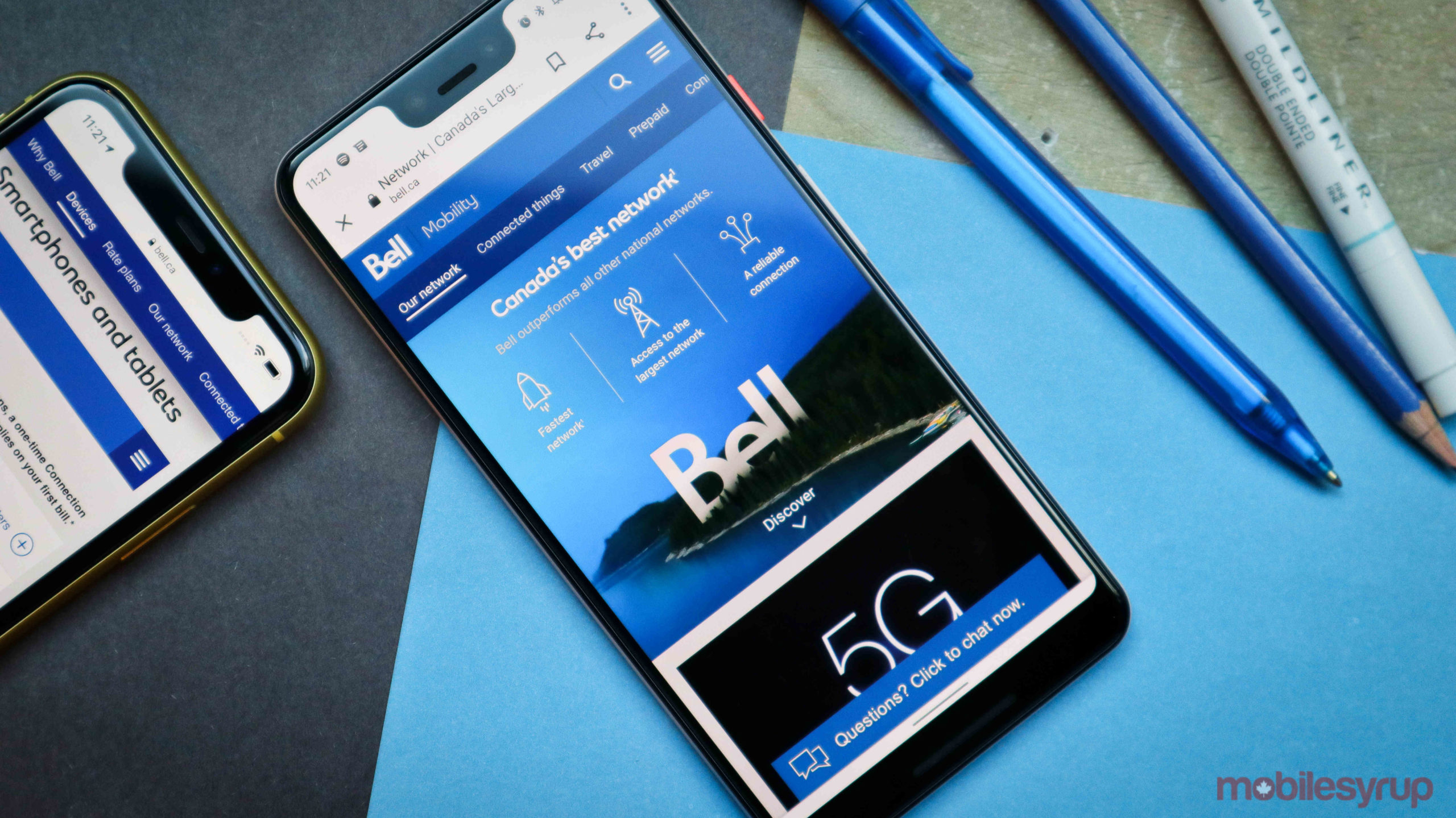
Bell has announced that it’s on track to deliver Wireless Home Internet coverage to almost 50 percent of the company’s target footprint with an additional 80,000 homes by the end of 2020. The Wireless Home Internet program will cover more than 350,000 homes with enhanced 50Mbps downloads and 10Mbps uploads (50/10) internet.
The Wireless Home Internet (WHI) program leverages Bell’s fibre and wireless networks to provide broadband internet access to small towns, rural communities and other hard-to-reach locations. The program is already available to roughly 400,000 households in Ontario and Quebec and Bell expects it to ultimately reach a million homes in Newfoundland and Labrador, Nova Scotia, Prince Edward Island, New Brunswick, Quebec, Ontario and Manitoba.
Bell noted in a press release that it accelerated the WHI rollout plan to 137,000 more locations than originally planned in response to COVID-19. The company also previously announced it would double download speeds to the 50/10 that’s currently available for approximately 300,000 homes this fall and for the beginning of the WHI rollout in Atlantic Canada.
“Bell’s Wireless Home Internet has been a game changer for Canadians in rural communities, bringing full broadband Internet access to traditionally underserved areas and regions previously unserved by any carrier,” said Mirko Bibic, president and CEO of BCE Inc. and Bell Canada in the release.
Bibic also noted that Bell fully funds the WHI program, but says it’s “enabled by a federal government policy environment that fosters investment in critical network infrastructure.”
Bell cites Bains’ comment that lowered wholesale rates could impact rural investment
The Bell press release goes on to mention Minister of Innovation, Science and Industry Navdeep Bains’ recent statement about wholesale rates. Specifically, the release quotes Bains’ comment that the CRTC’s changes to wholesale rates could “undermine investment in high-quality networks, particularly in rural and remote areas.”
Back in August 2019, the CRTC found that incumbent networks had inflated the wholesale rates, which smaller internet service providers (ISPs) pay to incumbents to access the network and offer service to customers. The CRTC than lowered wholesale rates to an appropriate level and ordered incumbents to pay back the difference.
Considering Bell was among the big telecom incumbents that fought the CRTC’s wholesale rate ruling, the inclusion of Bains’ statement comes across as a vague threat. Big telecom appears to have held investment in rural infrastructure hostage to sway the government into backing off on lowering wholesale rates, which would in turn, allow for more competition from smaller ISPs and lower prices for all Canadians.
However, the Federal Court of Appeals has dismissed the incumbents’ appeal of the CRTC wholesale rates decision. Barring an escalation to the Supreme Court, the lowered rates should stand. It remains to be seen if incumbents begin pulling investments in rural expansion as a result.
Those interested can learn more about Bell’s WHI service here.
Source: Bell
MobileSyrup may earn a commission from purchases made via our links, which helps fund the journalism we provide free on our website. These links do not influence our editorial content. Support us here.


